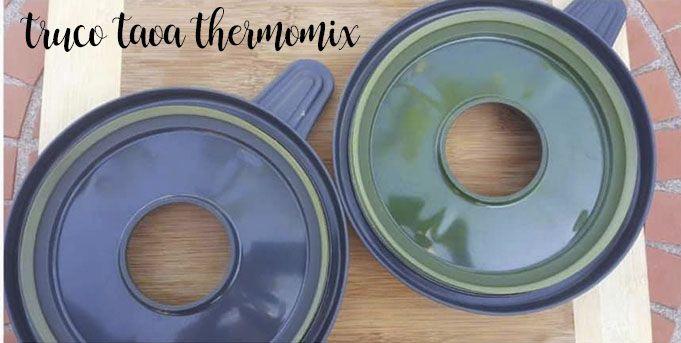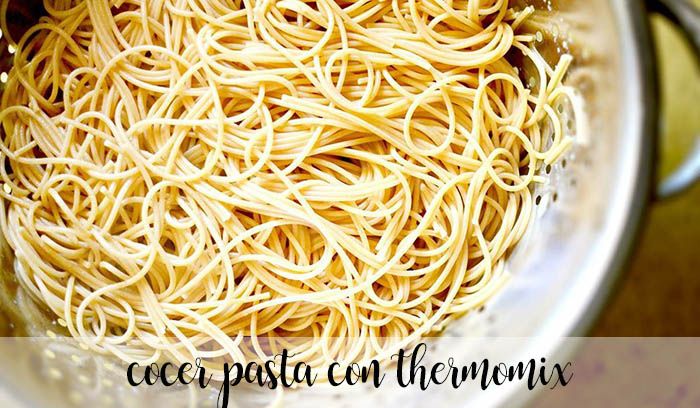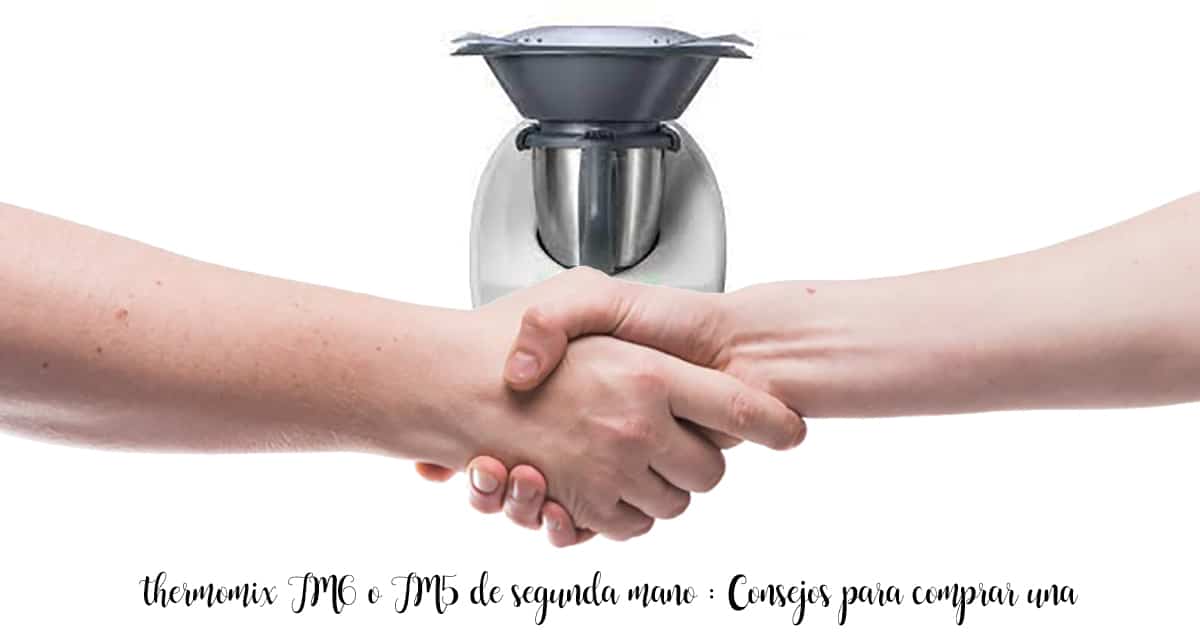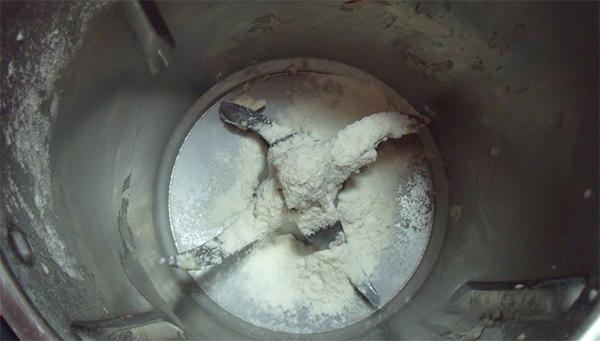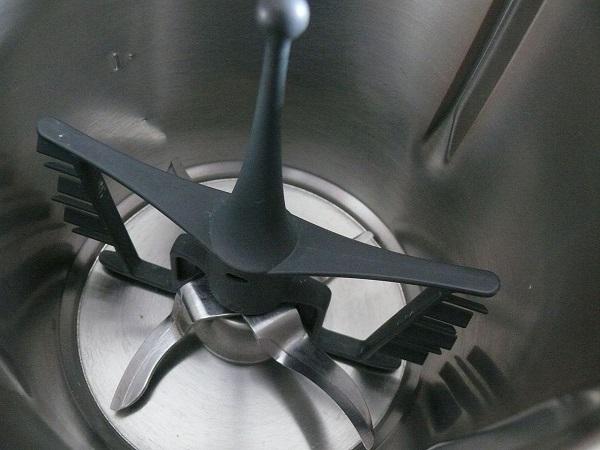Coffee is one of the most popular and consumed drinks around the world. However, its rich color and flavor can also cause problems if spilled on clothing or upholstery.
Coffee stains can be difficult to remove, but not impossible. In this article, we will give you effective tips and tricks to remove those unwanted stains and leave your clothes and furniture spotless.
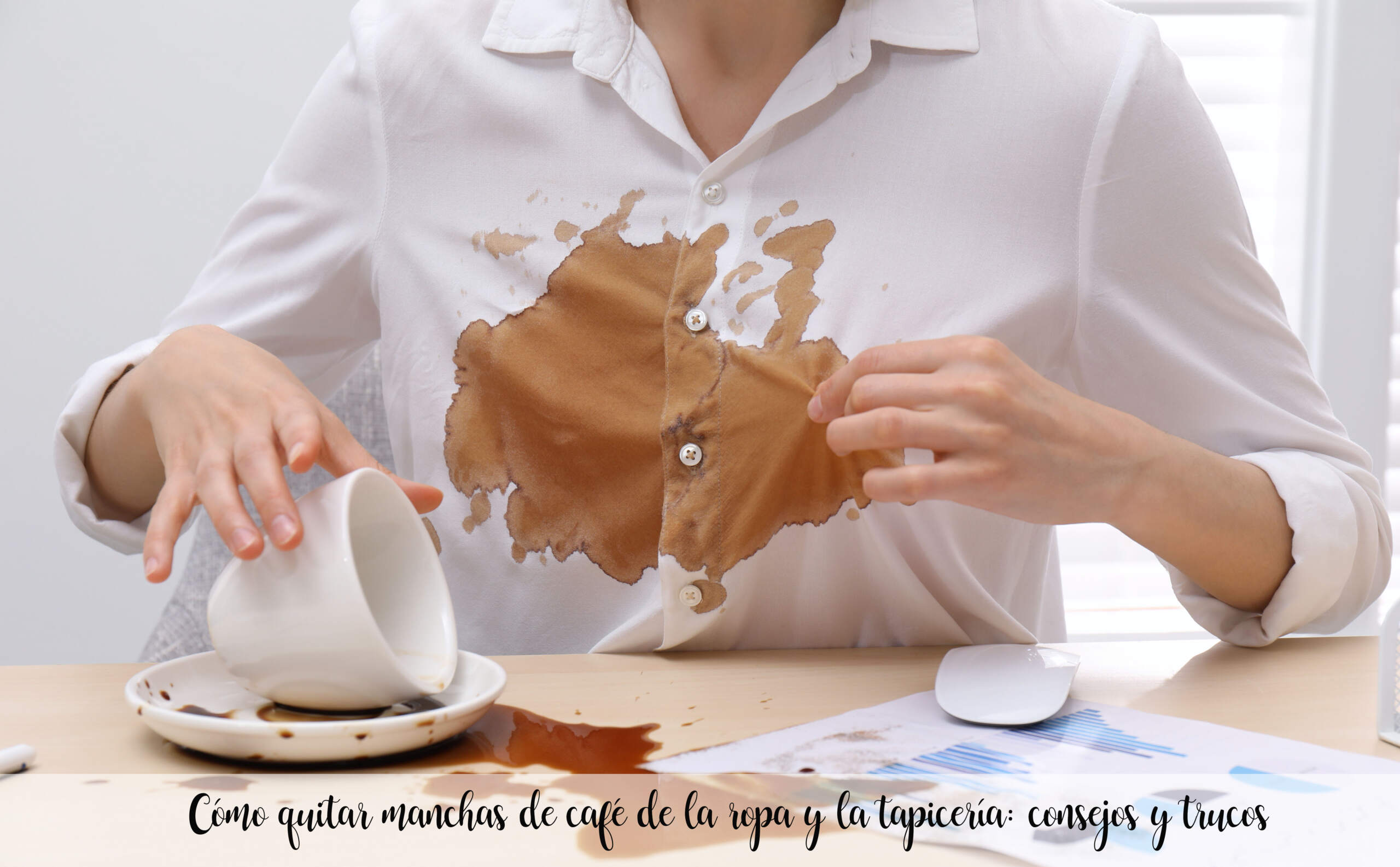
How to Remove Coffee Stains from Clothes and Upholstery: Tips and Tricks
1. Act quickly
When it comes to removing coffee stains, speed of response is key. The sooner you act, the easier it will be to remove the stain. If you are at home or in a place where you can, try to act at the time the spill occurs.
2. Absorb excess coffee
The first step in treating a coffee stain is to absorb the excess liquid. You can do this using absorbent paper, a clean cloth, or a paper towel. Place the absorbent material over the stain and gently press down to absorb as much of the coffee as possible. It’s important not to rub at this stage, as this could cause the stain to spread.
3. Apply cold water
After soaking up the excess coffee, it’s time to rinse the stain with cold water. The cold water will help dilute the stain and prevent it from setting into the fibers of the fabric. Hold the item under cold running water and let the water run through the stain for a few minutes.
4. Use a liquid detergent
Once the stain is rinsed with cold water, apply a liquid detergent directly to the affected area. Be sure to use a mild detergent suitable for the type of fabric you are treating. Gently rub the detergent into the stain with your fingers or a soft-bristled toothbrush. Leave it on for about 5 minutes so that the detergent penetrates the stain.
5. Wash the garment according to the instructions
After treating the stain with detergent, wash the garment following the specific washing instructions for that type of fabric. Always check garment care labels to ensure you use the proper water temperature and recommended wash cycle. If the item is white, you can add a bit of bleach safe for white fabrics.
6. Color test before treating delicate fabrics
It is important to note that these tips are general and may vary depending on the type of fabric you are treating. Before applying any cleaning product or method to delicate or vibrantly colored fabrics, always test an inconspicuous part of the garment to ensure no further discoloration or damage occurs.
Remove coffee stains on upholstery
If you are faced with a coffee stain on your upholstery,
the steps to remove it are similar to the ones mentioned above. Here are some additional tips:
Start by absorbing the excess coffee with absorbent paper or a clean towel. Press gently on the stain to absorb as much of the liquid as possible.
Next, mix a solution of warm water and mild liquid detergent. Dip a clean cloth in this solution and, using gentle motions, rub the coffee stain into the upholstery.
Avoid rubbing hard, as you could damage the fibers.
After rubbing, rinse the area with a cloth dipped in clean water to remove detergent residue.
If the stain persists, you can try a specific upholstery cleaner. Follow the product directions and test on an inconspicuous spot before applying to the entire stain.
Once the stain is removed, blot the area with a clean, dry cloth. If possible, allow the upholstery to air dry to prevent moisture buildup.
Remember that it is important to act quickly when faced with a coffee stain on both clothing and upholstery. The longer the stain remains, the more difficult it will be to remove it completely.
Fun facts about coffee
In addition to offering you tips for removing coffee stains, we want to share with you some curious facts about this popular drink:
Coffee is one of the most consumed beverages in the world. It is estimated that around 2.25 billion cups of coffee are consumed daily.
Coffee originates from Ethiopia, where the first coffee beans were discovered. From there, its cultivation and consumption spread to different parts of the world.
The word “coffee” comes from the Arabic “qahwah”, which means “exciting”. This word was initially used to refer to a fermented drink made from coffee cherries.
Coffee is a natural source of antioxidants, which help fight free radicals in our body.
There are different varieties of coffee, such as Arabica and Robusta, which differ in flavor, aroma and caffeine content.
Caffeine is a stimulant that acts on the central nervous system, helping to keep us awake and alert.
Coffee also has health benefits. It has been associated with reducing the risk of diseases such as type 2 diabetes, Parkinson’s and some types of cancer.
In some countries, such as Colombia and Brazil, coffee is an important part of their economy and culture. Coffee production is a source of employment for many people.
The way coffee is prepared can vary in different parts of the world. From Italian espresso to Scandinavian filter coffee, each region has its own traditions and preparation methods.
In addition to being a drink, coffee is also used in the kitchen to add flavor and aroma to various dishes and desserts. From cakes and ice cream to sauces and marinades, coffee can add a kick to many recipes.
These are just a few fun facts about coffee that demonstrate its popularity and versatility around the world. Now that you know some tricks to remove coffee stains and some interesting information about this delicious drink, you are ready to enjoy your cup of coffee without worries!
Always remember to act quickly when faced with a coffee stain, absorb excess liquid, rinse with cold water and use mild detergents suitable for the type of fabric you are treating. If the stain persists, consider seeking the help of professional textile cleaners.
You may also be interested…
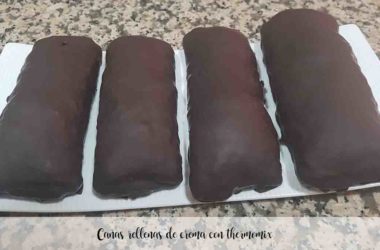
Read more…
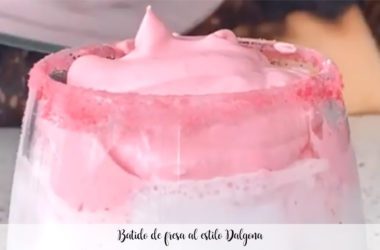
Read more…

Read more…

Read more…

Read more…

Read more…

facebook group
New recipes comment with thousands of users

NOTE: INTERESTING RECIPES FOR THIS NEW YEAR… I’m sure you’ll also be interested in these recipes
-

table of calories food
-

carbonara sauce with thermomix
-

Meringue with Thermomix
-

Cooked croquettes with thermomix
-
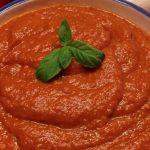
homemade fried tomato with Thermomix
-

Lemon mousse with the Thermomix
-

sausages in wine with thermomix
-
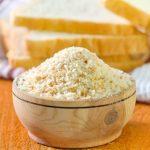
recipe for how to make Japanese Panko
-
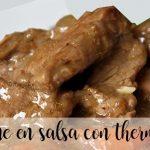
Meat in sauce with thermomix
-

Perfect homemade mayonnaise with Thermomix
-

Beef stew with the Thermomix
-

Lentils with chorizo with Thermomix
-

Chicken broth with thermomix
-

Red velvet thermomix cake
-

50 cheesecake recipes for thermomix
-

White beans with chorizo with thermomix
